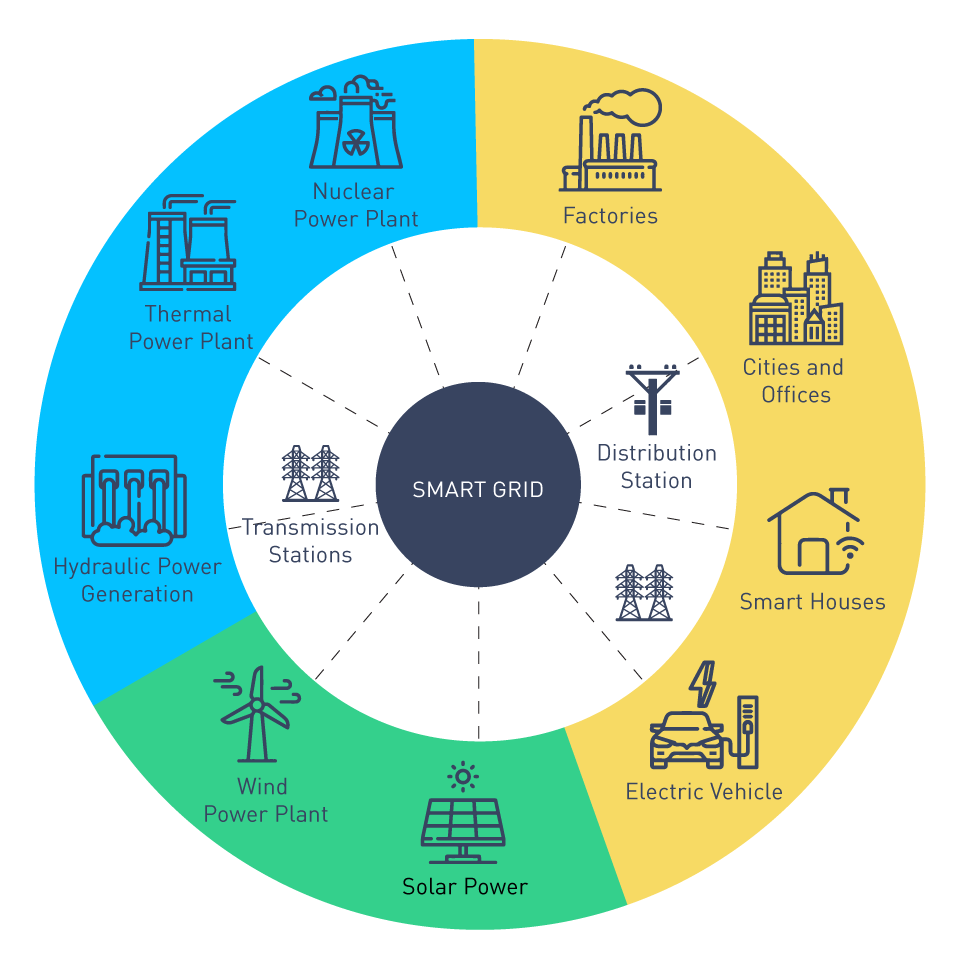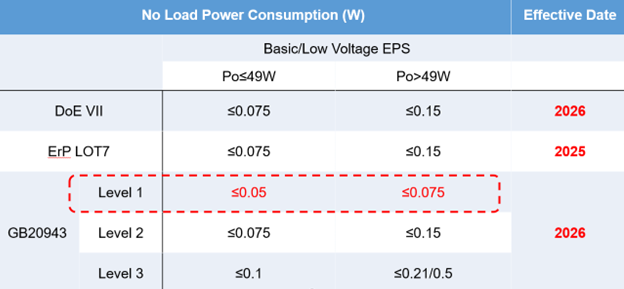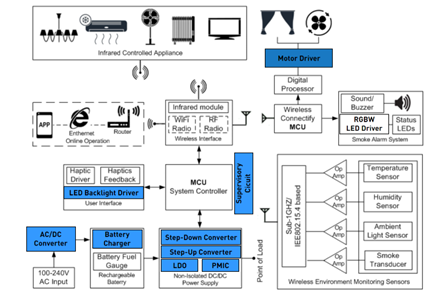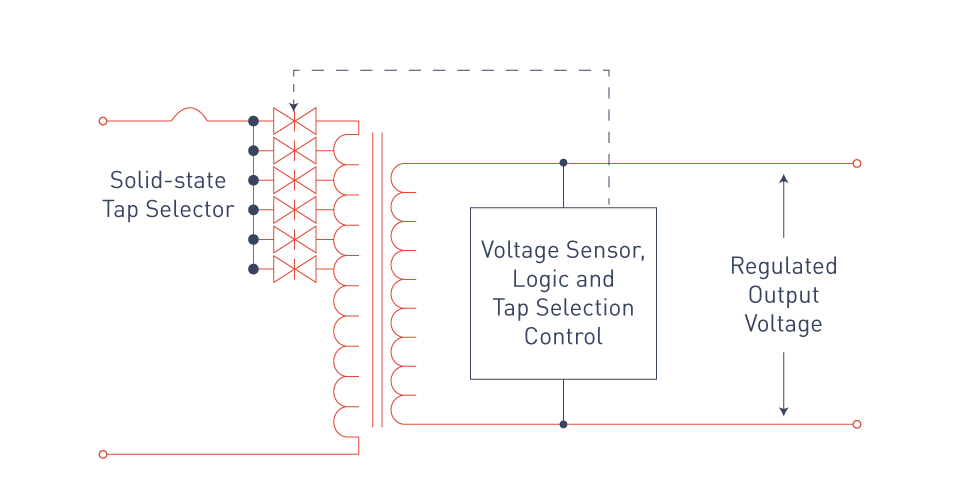Upcoming Trends
Alternating Current (AC) power is about to enter a revolutionary period propelled by technological developments, a growing focus on sustainability, and the changing demands of a digital society. A number of significant trends are developing as we move forward, with the potential to completely alter the way that AC electricity is generated, distributed, and used. These trends include the incorporation of renewable energy sources, the creation and implementation of smart grids, and the investigation of cutting-edge technologies like superconductivity and wireless power transmission.
Renewable Energy Sources
The biggest trend influencing AC power in the future may be the move towards renewable energy sources. The pressing need to cut carbon emissions and battle climate change is driving the importance of solar, wind, hydro, and geothermal power as essential components of the global energy mix. Due to their inherent variability and dispersion, these renewable energy sources offer potential as well as challenges for AC power systems. To maintain stability and dependability during integration, improvements in energy storage and grid control technology are needed. With AC power playing a key part in capturing and supplying renewable energy to customers, they also hold up the prospect of a cleaner, more sustainable energy future.
Smart Grids
Smart grids, which use digital technology to monitor, control, and optimize the generation, transmission, and distribution of AC electricity, are the next step in the evolution of the electrical grid. These smart networks can better manage demand, handle the complexity brought up by renewable energy sources, and strengthen grid resilience against disruptions. Additionally, smart grids give consumers more power by letting them integrate home energy production with electric vehicles and giving them more control over how much energy they use. One of the main factors facilitating the shift to a more adaptable, efficient, and sustainable energy system is the implementation of smart grids.

Figure 16: Smart grid
Emerging Technologies
Innovative technologies that have the potential to completely change the production, transmission, and consumption of electricity are also influencing the future of AC power.
Wireless Power Transmission: This technique provides the intriguing prospect of sending electricity without the use of cables, potentially enabling novel applications ranging from mobile electric vehicle charging to powering remote equipment and sensors. While substantial obstacles remain, notably in terms of efficiency and range, developments in magnetic resonance and microwave transmission are making wireless power transmission more viable.
Superconductivity: When cooled to extremely low temperatures, superconducting materials can carry electricity without resistance, allowing for the lossless transfer of alternating current power over vast distances. While the high expense and complexity of cooling materials to superconducting temperatures now limit their general usage, continued research into high-temperature superconductors shows promise for the future. The effective development and deployment of superconducting technology has the potential to significantly reduce transmission losses while increasing the efficiency and capacity of alternating current power grids.






直接登录
创建新帐号